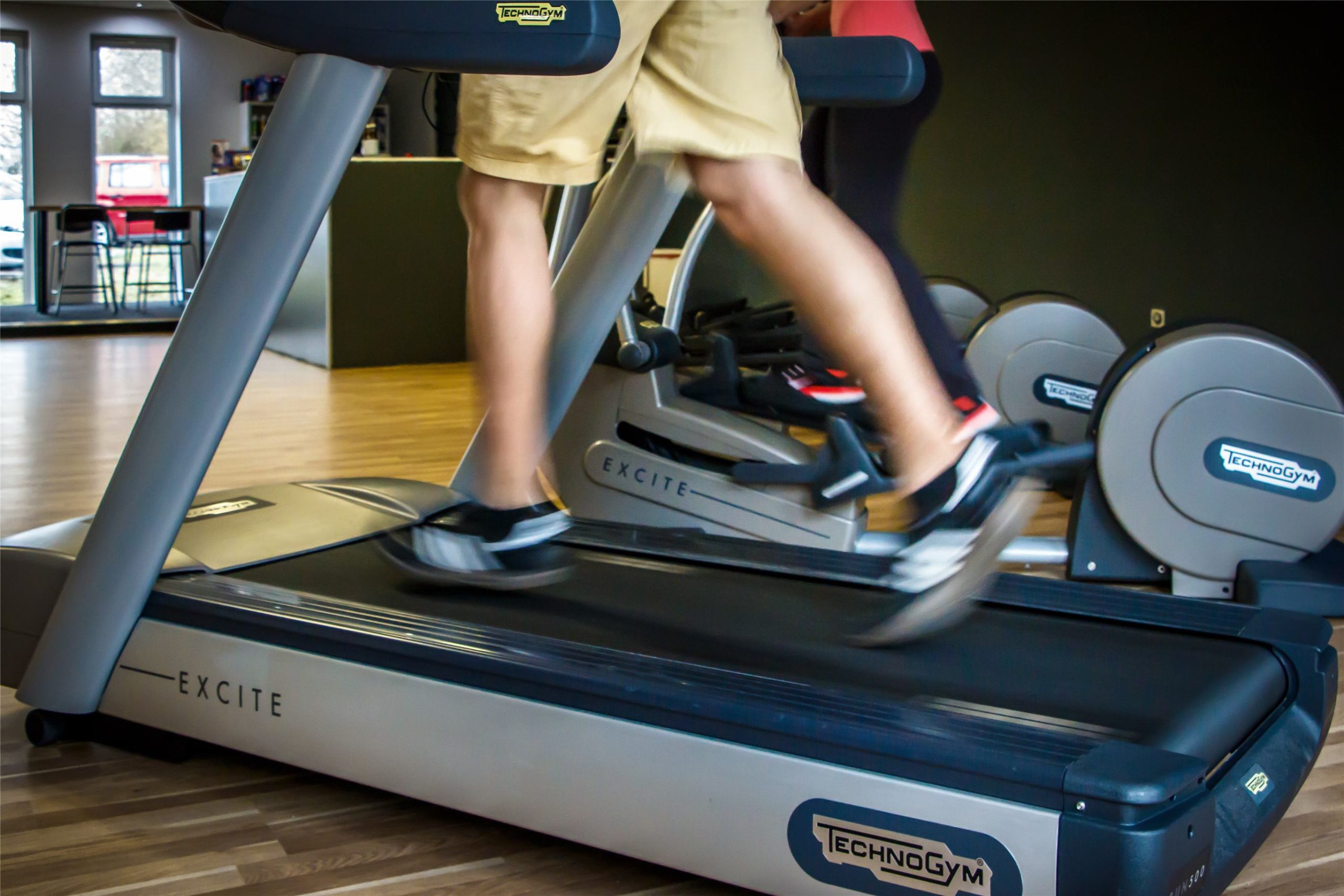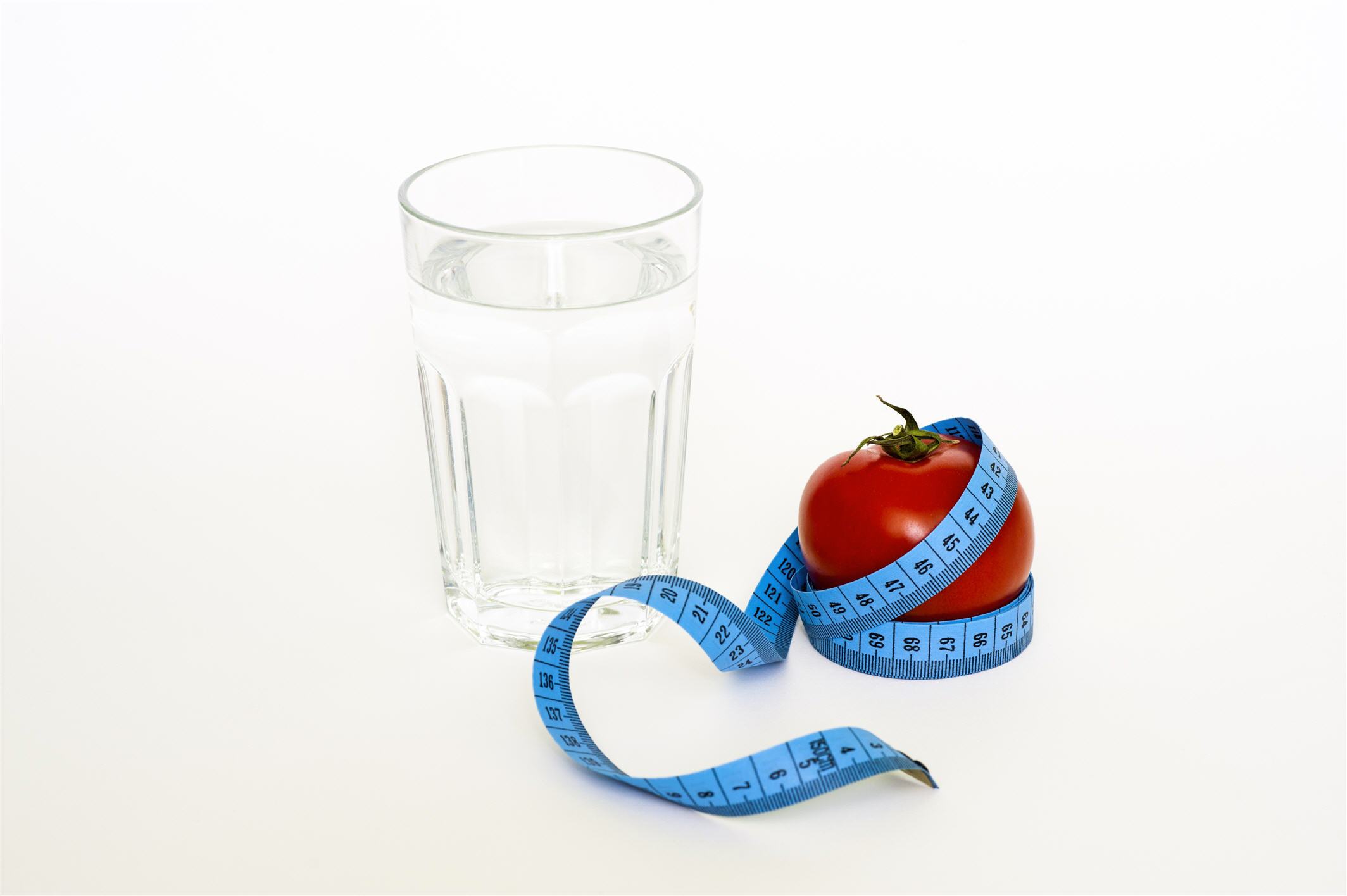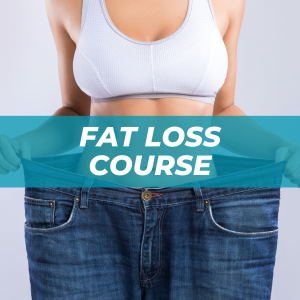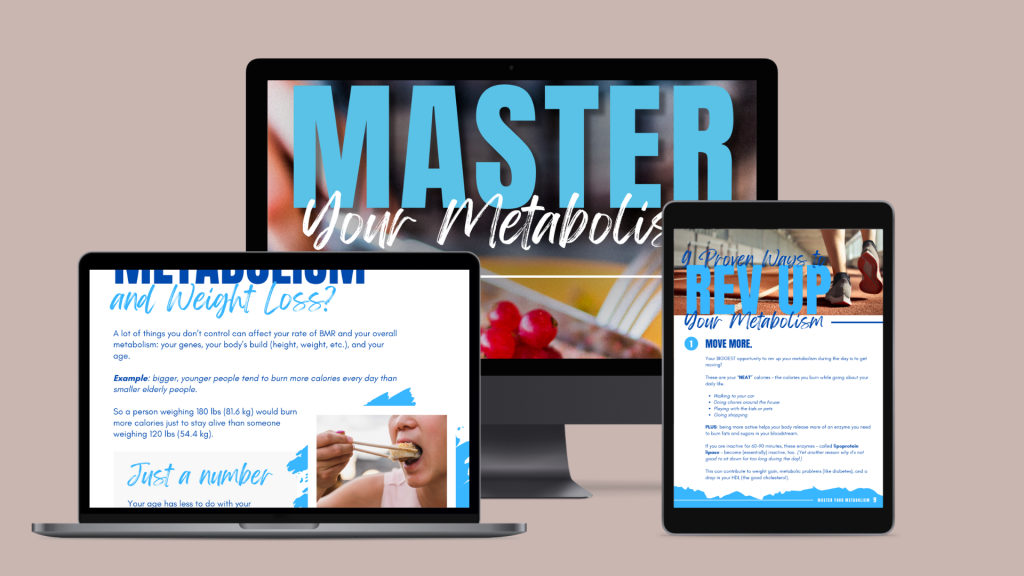Yoga for weight control is a safe solution, according to a study by the Fred Hutchinson Cancer Research Center in Seattle, Washington.
The research involved a group of 15,500 healthy individuals, both men and women in middle age. This demographic often faces challenges in weight management due to a decrease in calorie needs and a shift in energy levels as they age.
Regrettably, this is a reality that I’ve personally come to understand over recent years, where reducing food intake became an unwanted last resort. Despite engaging in daily cross-training, it took a full year to shed 16 pounds of excess weight.
Now, returning to the study: Yoga practice, in this context, meant dedicating a minimum of 30 minutes per week for at least four years. Comparatively, this may seem like a modest commitment, and some Yoga instructors used to claim that such minimal Yoga sessions would yield no significant results.
How times have changed; Yoga has been contributing to people’s fitness for approximately 5,000 years, and its myriad health benefits remain a subject of fascination, warranting further research.
Yoga Emerges as a Safe Approach to Weight Management
Alan R. Kristal, Dr.P.H., the principal author of the study from the Hutchinson Center’s Public Health Sciences Division, stated, “Individuals who maintained a healthy weight at age 45 and regularly practiced Yoga gained approximately three pounds less over that ten-year period compared to those who did not practice Yoga.”
Until we have comprehensive research findings, it’s reasonable to conclude that incorporating Yoga into your weekly routine, along with mindful eating, can contribute to weight management and potentially weight loss.
When seeking a Yoga instructor, look for someone who combines compassion with encouragement for more frequent practice. The benefits of regular practice, attending three to four Yoga sessions per week, can be remarkable, especially when sustained over many years.
Yoga for weight control is safe
Yoga offers a gentle approach, especially when compared to many high-impact aerobic exercises, making it an ideal practice for promoting long-term wellness. Your knees, spine, hips, and shoulders will benefit from the nurturing care that Yoga provides, granting them enduring health. In contrast, many contemporary exercise regimens may not boast the same protective advantages as Yoga.
In terms of nutrition, it’s crucial to distinguish between genuine hunger and cravings. Often, they are not interchangeable. As a devoted chocolate enthusiast, I’ve learned that indulging in an occasional piece of chocolate is a far wiser choice than succumbing to a dozen chocolate donuts. This isn’t an endorsement of excessive chocolate consumption but an invitation to savor it in moderation, avoiding daily indulgence.
In essence, what I’ve discussed revolves around awareness, self-control, and moderation. It’s imperative that we break free from mindless eating habits.
Recent studies revealed that women who incorporated a daily 1200 mg calcium supplement into their routine experienced a 54% reduction in premenstrual food cravings.
On a different note: Anxiety triggers the release of cortisol, a hormone that can amplify carbohydrate intake. Carbohydrates offer a temporary boost in serotonin levels, momentarily inducing relaxation.
Achieving your best physical condition is intricately linked with a positive mindset. Therefore, tap into self-improvement resources to maintain your journey toward optimal health on the right track.
Dive into our Yoga Journey Course
Meticulously crafted to cater to both newcomers and seasoned yogis.
Experience 13 video guided Yoga sessions, from foundational poses to advanced sequences.
Our course ensures not only physical revitalization, but also mental clarity and holistic well-being.
















